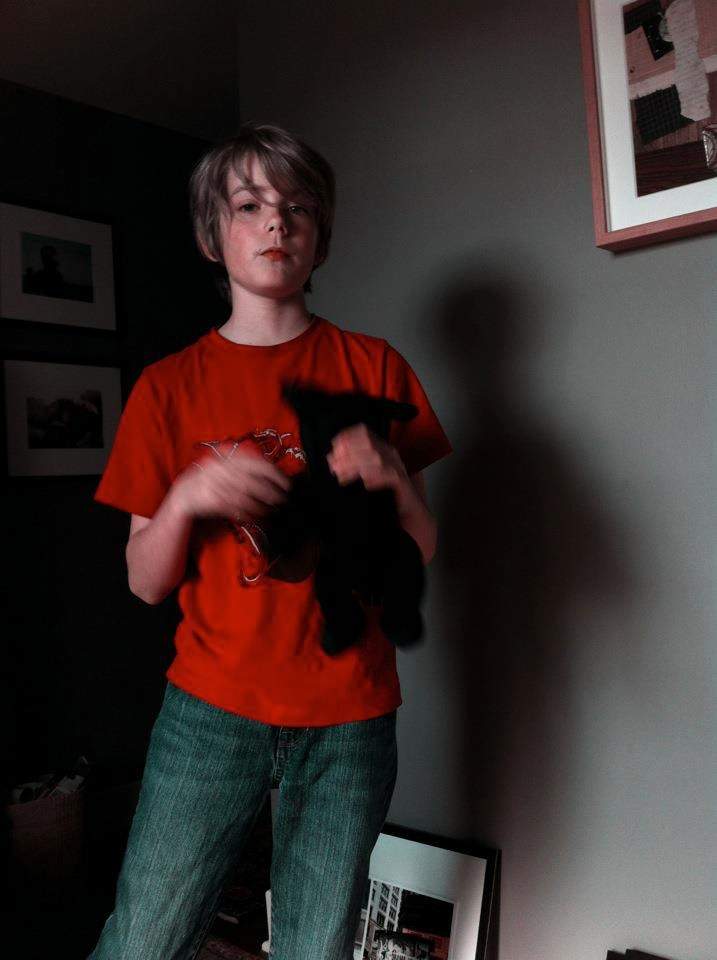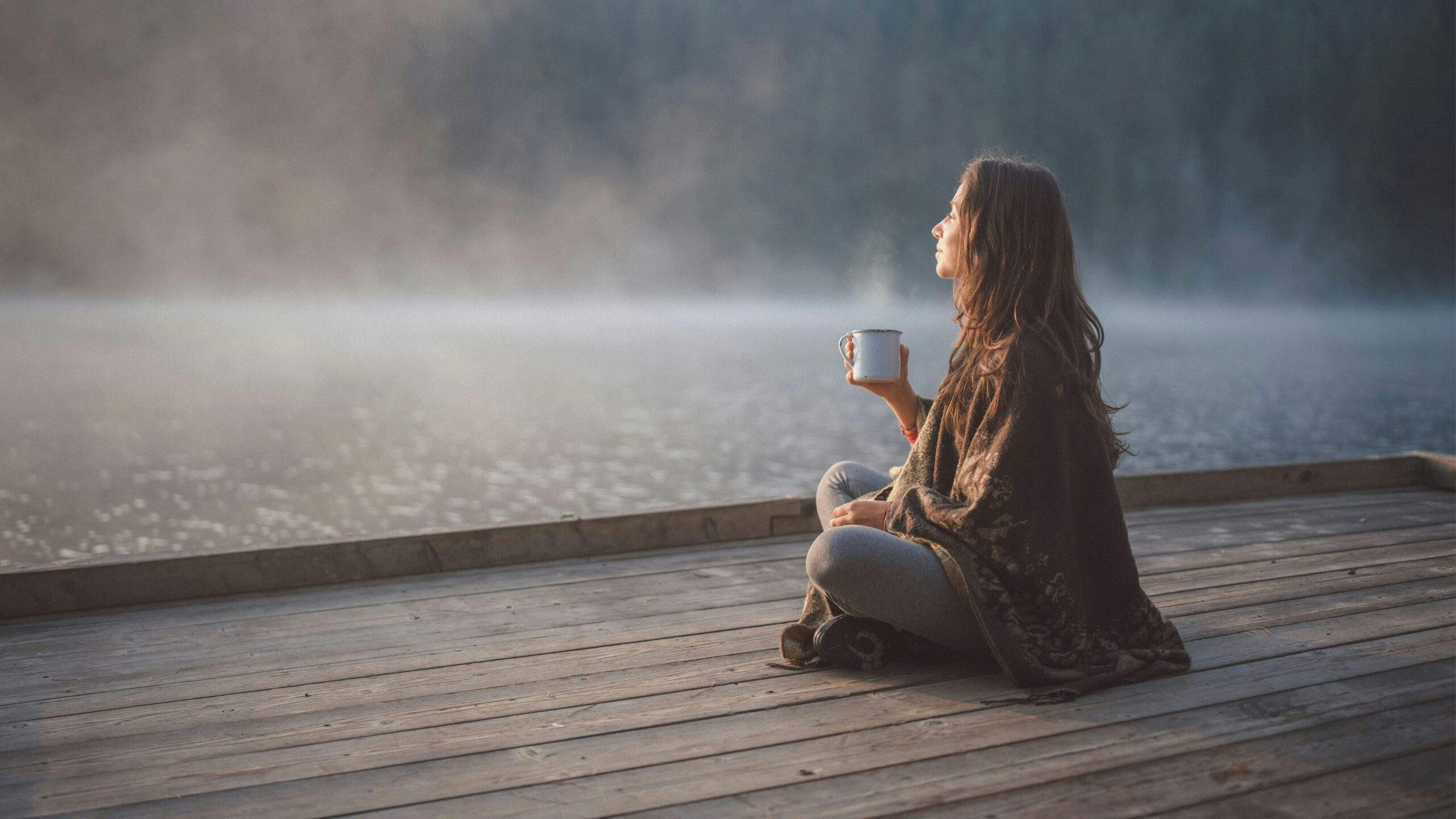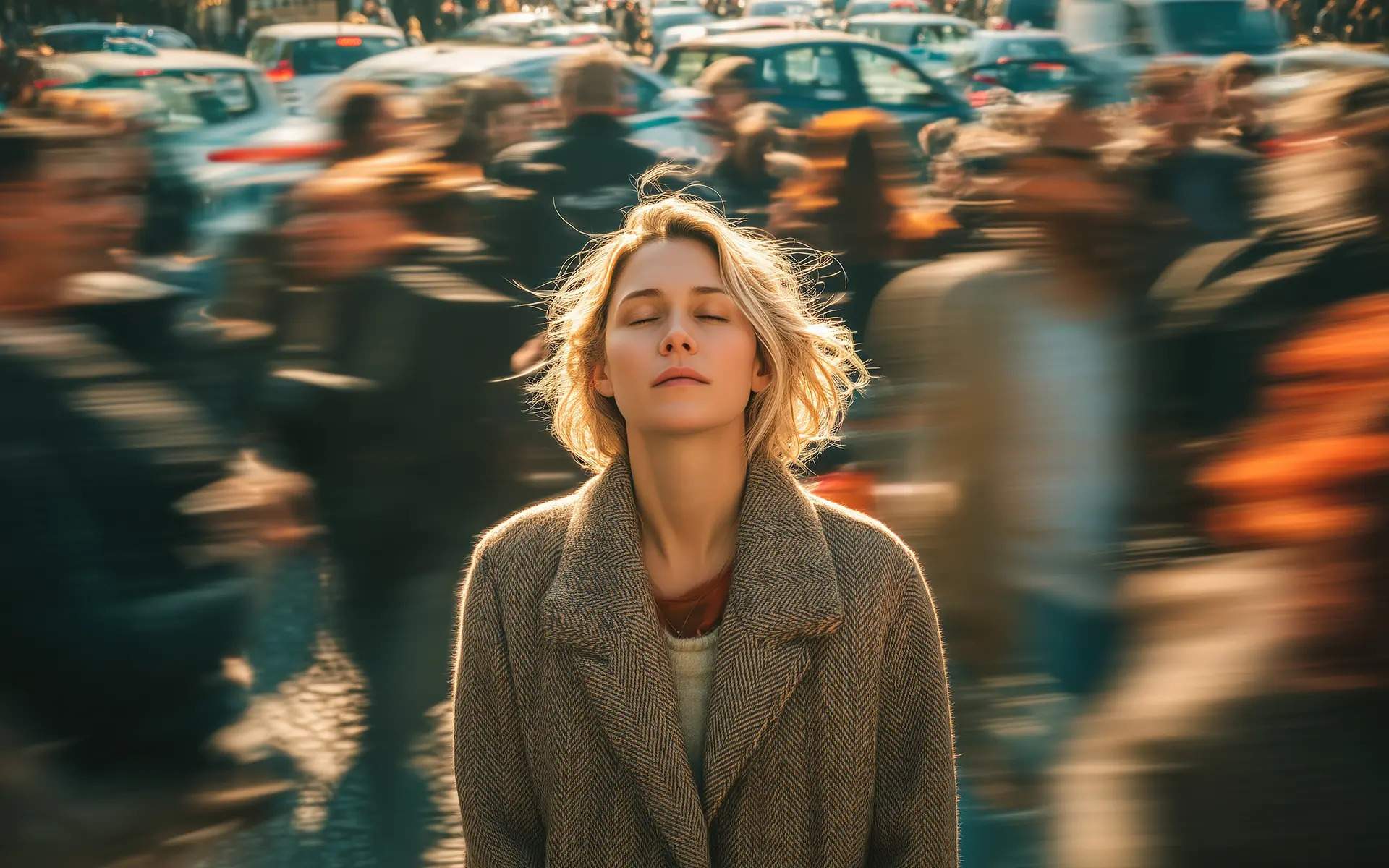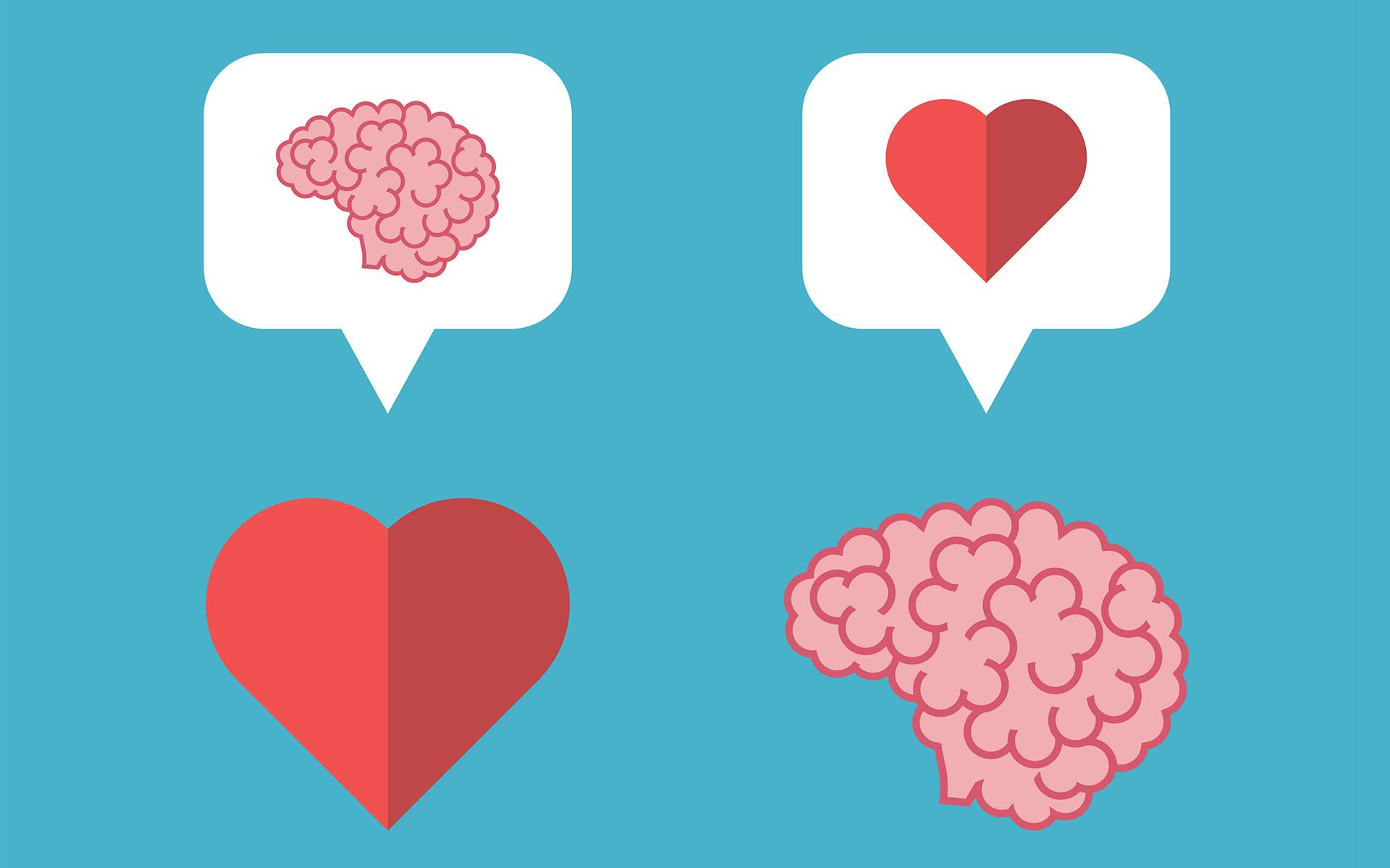Are we mindlessly taking photos with our phones and broadcasting them? There are too many examples, both embarrassing and oddly fascinating, that suggest this is the case. Add to that, research is beginning to surface suggesting Facebook can make us feel lonely and can even lower our self esteem when we feel ignored. Even executives from Facebook are struggling to figure out how we can better take control of our tech.
Maybe there are limits to how much we can absorb with a screen in front of our face as opposed to just experiencing something. Psychologist Linda Henkel studies human memory at Fairfield University in Connecticut. Some of her recent studies suggest that taking photographs can impair our memory—we’d actually be able to recall details of an object or experience better if we hadn’t photographed it.
Henkel cautions that this is not an “unplug” moment where we need to become luddites and abdicate all forms of human recording. Instead, she says we have to pay attention more when we’re taking photos. She explains:
It doesn’t have to be that the act of taking a photo robs you of your memory. You know, if you pay attention to the thing that you’re looking at, you know, and you’re thinking about it, that can actually benefit memory.
Can we take photos with our full attention, appreciating the details? Here at Mindful, we’ve teamed up with MindfulFilter, a new social media project from publisher More Than Sound, to share ideas about how to take more mindful photos with our phones. Below, we offer three techniques for capturing the present moment. Try them out, and if you want to, share the results with the hashtag #mindfulfilter. MindfulFilter will start collecting your photos on Monday, June 16 and post them to MindfulFilter’s instagram. Then we’ll update you on Friday with our favorites.
• • •
While having a camera on our phones—or glasses—allows us to capture momentous events in real time, we’ve also grown accustomed to viewing real time events through our screens. How can we be more present when capturing these moments? You can bring mindfulness into your photography by taking a closer look at the color, texture, and faces you want to capture.
These three contemplative photography assignments are oriented toward you, the perceiver. They point you to your own experience of perception, not to things that are perceived. They do this by asking you to recognize the basic elements of your world.
Color
Shooting color gives you something to look for that will align your eye and mind. When you work on this assignment, be patient. It takes time to settle in and connect with seeing.

• Look for color. Period. Don’t try to shoot something interesting or worry about composition. Your intention will become vague.
• Avoid getting caught up in thoughts of colorful things. Don’t go searching for a bright yellow fire truck—it’s the simple experience of color you’re looking for.
• When you see a flash of color, get in close. Look on your viewfinder for just what stopped you. Don’t try to shoot color from far away. Get close.
Texture
Everything has texture, so it’s easy to recognize. Yet, it can be difficult to think about. Beyond smooth and rough, we don’t have many conceptions about it. Texture is less prominent than color and requires us to dig a little deeper into the experience of seeing.

• Begin each session by clearly forming an intention to recognize texture, so you will stay focused on that aspect and not get carried away with color or people or adorable small dogs. Take an inventory of the types of textures around you: rough pavement, smooth glass, coarse tree bark, soft cat fur.
• Notice how the quality of light affects your perception of texture. Rough surfaces will look one way on an overcast day, another on a bright, sunny morning, and still another in the late afternoon.
• Think of your eyeballs as having fingertips. When you see something, imagine you are also touching it. Let sight and touch come together. Try this for a little while without using your camera.
• When you do take a photo of texture, fill the viewfinder of LCD with just the textured element that stopped you. Don’t add anything, and don’t leave anything out.
People
With people we know well, we often only see our version of them—“my boss,” “my child”—and not as they are, in that very moment. We don’t look beyond labels to see the fleeting expressions on their faces, or how they’ve combed their hair that day. This practice helps us cultivate a fresh way to see people as they are beyond our subjective view.

• Start with people you know well. If you keep things low-key, the camera will soon lose its novelty and you and your subjects will be able to relax.
• You’ll face challenges in this assignment. People being photographed might try to project images of what they think will make them look good, and this strained effect will show up in the final image. You may have to wait them out to get fresh expressions.
• Confront ideas in your mind about people. If you try to take a picture of “my friends having fun at Bob’s birthday party,” rather than photographing a strong visual perception, you will end up with a snapshot.
Just like a mindfulness practice, consider taking time to photograph regularly—say, once a week—to get comfortable with the practice of photography.
Adapted from an article in the October 2013 issue of Mindful magazine. Photographs by Terry Bell.
read more
A Teaching and Meditation to Relax and Welcome Deep Rest
In today’s offering, Jenee Johnson guides us through a teaching on the why and how of deep relaxation practices, along with a meditation you can do anytime.
Read More
How to Feel Present, and Stay Present
When your schedule (and your mind) never seem to rest, here are three simple ways to feel more present in everyday life that don’t take much time.
Read More
Formal vs. Informal Mindfulness: 2 Ways to Practice
In this 2-minute video, meditation teacher Christiane Wolf explains what “formal” and “informal” mean when it comes to mindfulness.
Read More











